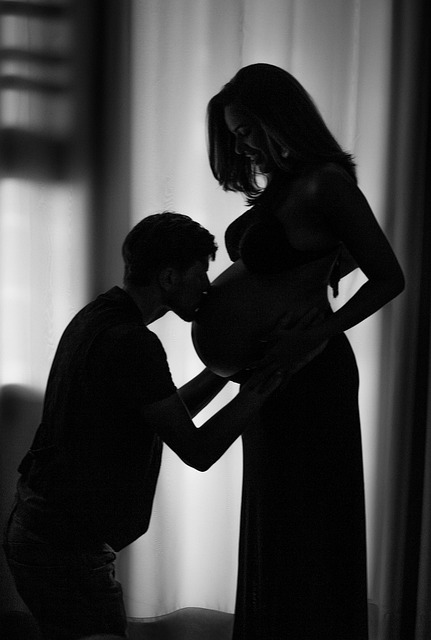At my six-week postpartum check-up following the birth of my first child, my midwife gave my pelvic floor and abdomen a clean bill of health. Despite my belly resembling a deflated balloon, she assured me that I had “abs of steel” waiting just beneath the surface. I left her office feeling optimistic.
However, the arrival of my second child brought a shocking revelation: I was now dealing with diastasis recti, a separation in my abdominal wall measuring nearly three fingers wide, as well as a condition I had never encountered before called a rectocele. To put it simply, this meant my rectum had prolapsed to a position alarmingly close to my vaginal wall. Although there is still a dividing wall between them, the proximity can lead to some uncomfortable sensations, especially when constipated.
Lovely, right?
Even though my midwife suggested doing Kegels and Pilates, I admit I didn’t follow through. As a busy mom of two energetic boys, my daily exercises consisted of chasing them and cleaning up after them. The issues I faced weren’t too bothersome at the time, so I pushed them to the back of my mind.
Fast forward five years. I began to experience persistent back pain—a common consequence of diastasis recti—and the symptoms of my rectocele flared up. I’ll spare you the gory details, but let’s just say that painful menstrual cramps, bloating, and occasional constipation made things quite uncomfortable. Even intimacy was becoming less enjoyable, which was a wake-up call.
With my 40th birthday looming and both kids finally in school, I decided enough was enough. I deserved to feel better.
After writing about my rectocele for a parenting blog, I received numerous recommendations to check out the Restore Your Core program. I had been researching various programs aimed at pelvic floor recovery, but I felt overwhelmed by the options. When I joined the Restore Your Core (RYC) Facebook group run by the program’s founder, Lauren Beckett, a passionate Pilates and yoga instructor, I felt a spark of hope.
The enthusiasm from the women in the group was palpable, and Lauren herself actively engaged with the members, answering questions and offering support. This sense of community was just what I needed to embark on this journey.
Initially, I found the program’s structure a bit daunting—it spans 13 weeks across four levels. However, I quickly learned that I only needed to commit to 3-4 sessions of 30 minutes each week. The thought of having guidance and encouragement throughout boosted my determination.
Before diving into the exercises, I spent a week familiarizing myself with pelvic floor health and proper body alignment. Interestingly, while Kegels can benefit some women, they aren’t included in this program, as many with pelvic floor issues may actually need to learn how to release tension instead of just strengthening. The primary focus is on core stability and reflexive engagement during daily movements—essential for a healthy pelvic region.
What I appreciated most was that achieving a flat belly wasn’t the program’s goal; rather, the emphasis was on cultivating a functional and healthy core. The early videos were gentle, guiding me through locating and activating the necessary muscles for core engagement. Each exercise was clearly demonstrated by Lauren, making it easy to follow along.
At first, I thought the exercises were too simple, but soon enough, I began to notice changes. I started consciously engaging my core while reaching for items on high shelves or picking up toys scattered across the floor. This newfound awareness transformed my daily movements, and I realized just how impactful proper core engagement could be.
As for my diastasis recti and rectocele? It took several weeks for noticeable changes, and I had to practice patience. Now, as I approach the end of the program, my diastasis has shrunk to about half a finger width, and my core feels much stronger. While I hesitate to celebrate too soon, my rectocele symptoms have improved by about 75%, which is incredible.
Let me be clear: commitment is key to seeing results with any program. This may not be the ideal program for everyone, but it certainly offers hope for those grappling with diastasis recti and pelvic floor issues. Women in the RYC community have found solutions for various concerns, including bladder prolapse, back pain, and incontinence.
My only regret is not starting this journey sooner. Why did it take my body sending distress signals before I took action? Such is the nature of life and motherhood. We all deserve to feel our best, and if you’re facing similar challenges, now is the perfect time to begin your healing process. You can do it, I believe in you!
For more resources on pregnancy and home insemination, check out this excellent guide at the National Institute of Child Health and Human Development.
Summary:
In this article, Sarah Thompson shares her journey of overcoming diastasis recti and pelvic floor issues following the births of her children. She details her initial denial, the unexpected challenges after her second child, and her eventual commitment to the Restore Your Core program. Through dedication, she experiences significant improvements in her condition, highlighting the importance of community support and functional core training in recovery.
